The Hottest Showdown: 10 Unexpected Spice Pairings That Turn Chili into a Culinary Masterpiece!
When it comes to chili, we all know the basics—beef, tomatoes, kidney beans, onions, garlic, and cumin. But what if I told you that adding a dash of cinnamon or a hint of cocoa could transform your bowl into something straight out of a gourmet kitchen? Welcome to the world of Innovative Spice Pairings, where the humble chili gets a flavor facelift like never before.
In this blog post, I’ll take you on a spicy journey through 10 mind-blowing spice combinations that will not only warm your soul but also impress your taste buds. And yes, there will be heat—but also balance, depth, and maybe even a little bit of magic.
Why Spices Matter in Chili
Chili isn’t just about the meat or the beans—it’s about the layers of flavor built through carefully selected spices. While traditional recipes rely on cumin, paprika, and chili powder, breaking free from the norm can lead to some seriously delicious discoveries.
Think of spices as the supporting actors in a blockbuster movie—they may not get top billing, but without them, the whole show would fall flat. Let’s dive into the cast of characters (and their secret co-stars) that make chili truly epic.
Table: Common Chili Spices vs. Innovative Pairings
| Classic Spice | Traditional Use | Innovative Pairing | Flavor Impact |
|---|---|---|---|
| Cumin | Earthy warmth | Dark Cocoa | Rich, smoky depth |
| Chili Powder | Spicy base | Smoked Paprika + Espresso | Bitter-sweet heat complexity |
| Paprika | Mild sweetness | Cardamom | Fragrant Middle Eastern twist |
| Oregano | Herbaceous kick | Lemon Zest | Fresh, citrusy contrast |
| Cinnamon | Sweet spice layer | Black Pepper | Enhanced warmth and bite |
5 Key Visuals to Spice Up Your Reading (Imagined Here)
Top 10 Innovative Spice Pairings That Will Make You Rethink Your Chili Game
1. Cumin & Dark Cocoa
While cumin gives that earthy backbone to chili, pairing it with unsweetened cocoa deepens the flavor profile, lending a bittersweet richness reminiscent of Mexican mole sauce. This combo is perfect for slow-cooked chilis where flavors have time to marry.
2. Chili Powder & Espresso Powder
Espresso powder might seem out of place, but its bitterness balances the sweet undertones in canned tomatoes while enhancing the overall depth. Add a teaspoon to your usual chili powder mix for a subtle coffee kick.
3. Smoked Paprika & Maple Syrup
This unlikely duo creates a smoky-sweet flavor profile. The maple adds body and a touch of sweetness that cuts through acidity, making the chili more rounded and comforting—great for cold winter nights.
4. Cinnamon & Black Pepper
Cinnamon alone brings warmth, but black pepper boosts its bioavailability and sharpens the spice’s bite. Together, they create a cozy yet assertive background note that lingers long after each spoonful.
5. Cardamom & Bay Leaf
Yes, cardamom in chili sounds exotic—and it is! Paired with bay leaf, it introduces an aromatic complexity usually reserved for Indian or Middle Eastern dishes. Ideal for white chicken chili or vegetarian versions.
6. Turmeric & Lime Juice
Turmeric brings color and anti-inflammatory properties, while lime juice brightens up the dish. This combination is particularly effective in vegan chilis made with lentils or mushrooms.
7. Allspice & Cloves
These warm spices are typically found in holiday baking, but when used sparingly in chili, they evoke the feeling of home while giving the dish a slightly exotic edge. Think “Christmas chili” meets comfort food.
8. Szechuan Peppercorns & Orange Zest
If you’re aiming for bold and unconventional, this one’s for you. Szechuan peppercorns provide that signature numbing heat, while orange zest adds brightness and floral notes that keep things from getting too heavy.
9. Coriander Seeds & Star Anise
Dry-toasting coriander seeds and crushing them with star anise creates a deeply aromatic blend that works wonders in lamb or game-based chilis. It’s a nod to Asian and North African influences rolled into one.
10. Sumac & Aleppo Pepper
For a tangy, fruity heat, sumac pairs beautifully with Aleppo pepper. This Levantine-inspired combination is ideal for lighter chilis like turkey or chickpea versions. A sprinkle at the end really makes it pop.
Bonus Tips: How to Master Your Spice Game in Chili
- Toast Dry Spices First: Toasting spices like cumin, coriander, and fennel in a dry pan unlocks essential oils and enhances flavor tenfold.
- Add Spices in Stages: Don’t toss all spices in at once. Layer them throughout cooking for a more complex flavor experience.
- Balance with Acid: A splash of vinegar or citrus juice near the end helps brighten up the richness and round out the flavor.
- Don’t Forget Salt: Salt is your best friend. Taste often and adjust accordingly—it pulls out the hidden flavors.
- Let It Rest Overnight: Like most stews, chili tastes better the next day. Flavors continue to develop and mellow.
Common Mistakes to Avoid When Experimenting with Spices in Chili
Even seasoned cooks can stumble when trying new spice combos. Here are the top mistakes to dodge:
- Overpowering the Base: Too much spice can drown out the natural flavors of your ingredients. Start small and build up.
- Mixing Too Many New Things at Once: If you add five unfamiliar spices together, you won’t know which one worked—or didn’t.
- Using Old Spices: Freshness matters. If your spices are older than a year, it’s time to replace them.
- Neglecting Heat Level: Always consider the Scoville rating of any chili peppers or powders you use—especially when serving guests or kids.
- Skipping the Fat: Many spices are fat-soluble. Using oil or animal fat helps release and carry those flavors.
The Final Scoop: What Makes the Best Chili on Earth?
So, what’s the holy grail of chili? It’s not just about the heat level or the meat content—it’s about harmony. Balance is key. Whether you’re going for smoky, sweet, tangy, bitter, or spicy, every element should complement the others, not fight for attention.
The best chili on earth is the one that makes you go back for seconds—not because it’s filling, but because it’s unforgettable. And with the right spice pairing, that’s totally achievable.
Conclusion: Spice It Up, Chili Fans!
Chili doesn’t have to be a one-note wonder. By stepping outside the box and playing with spices, you open the door to a world of flavor possibilities. Whether you're a die-hard spice lover or just looking to spice up your Sunday supper, these pairings will bring your chili to life in ways you never imagined.
So grab your apron, sharpen your senses, and don’t be afraid to experiment. After all, the best chili on earth wasn’t discovered by accident—it was crafted with curiosity, creativity, and a dash of daring.

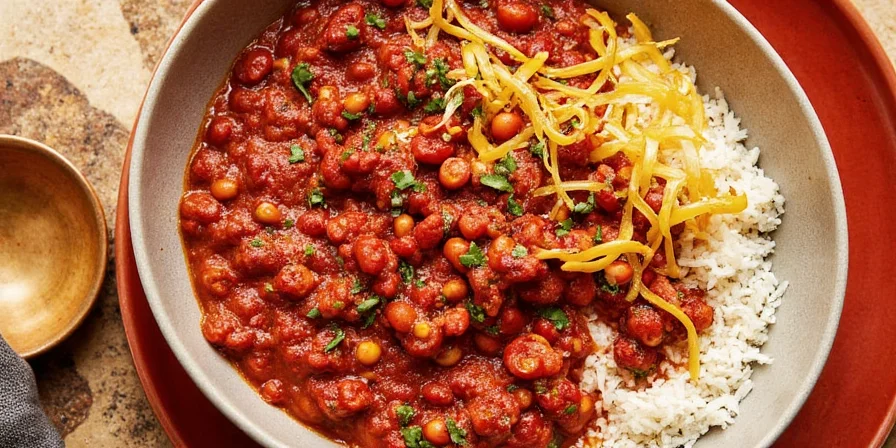
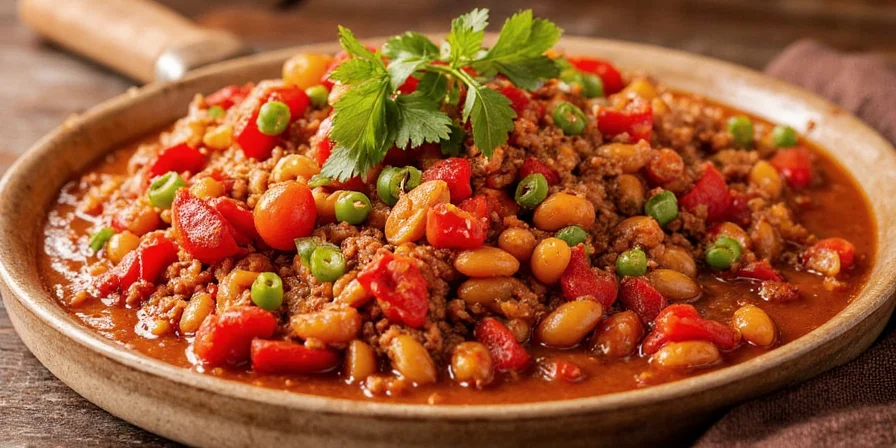
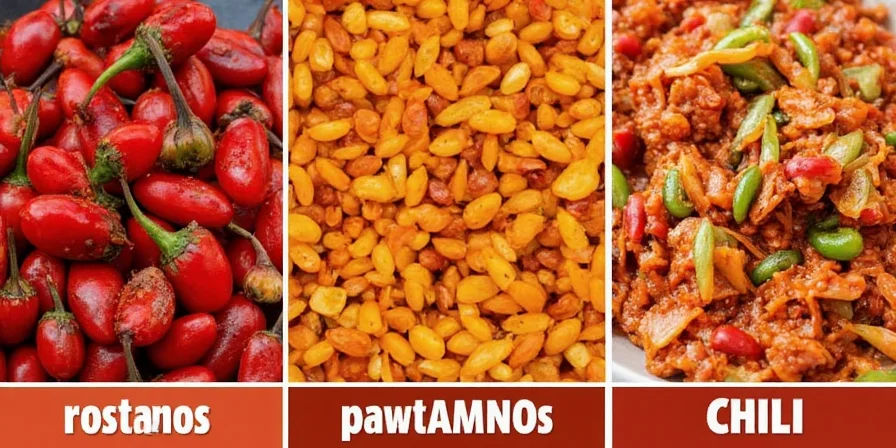
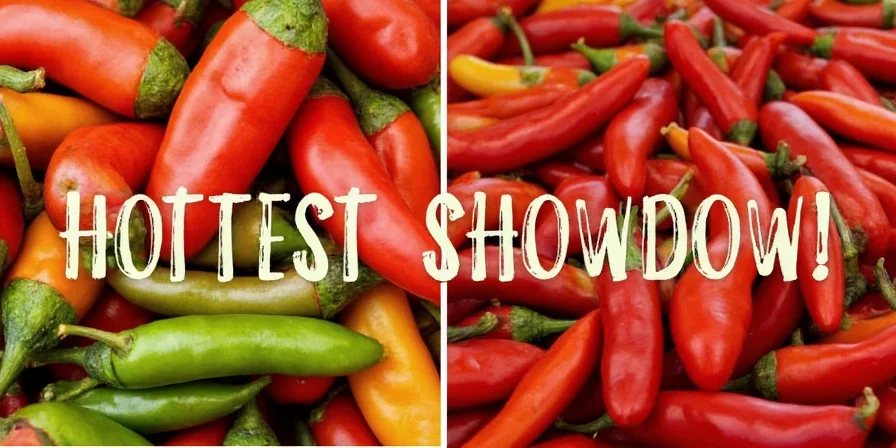
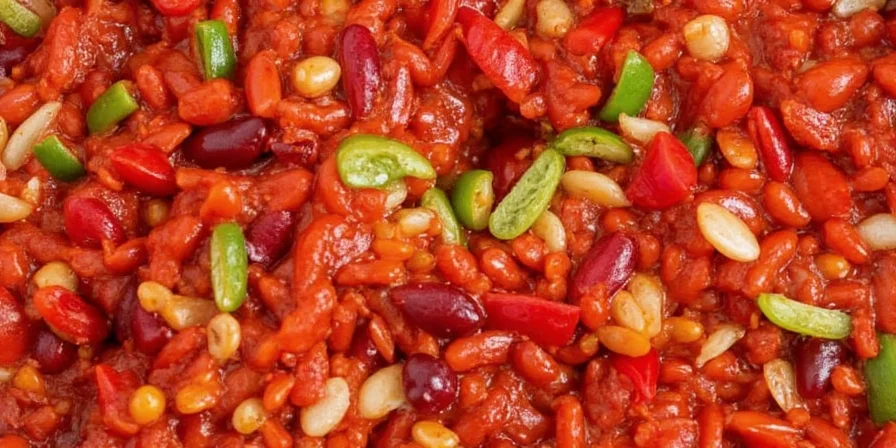
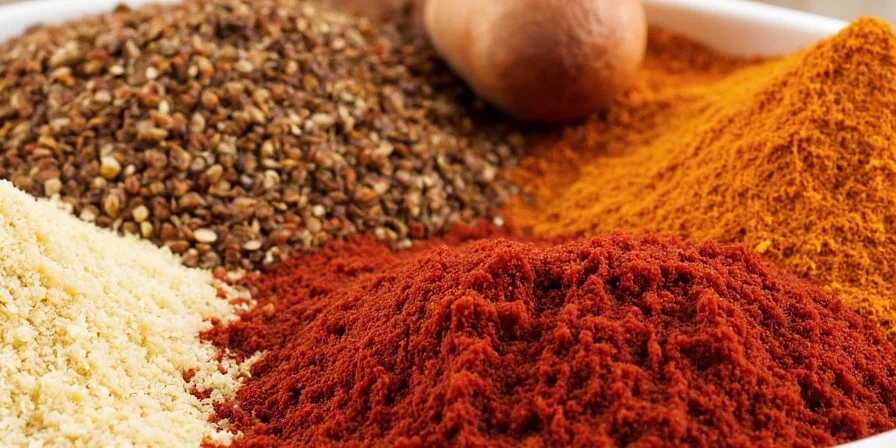









 浙公网安备
33010002000092号
浙公网安备
33010002000092号 浙B2-20120091-4
浙B2-20120091-4